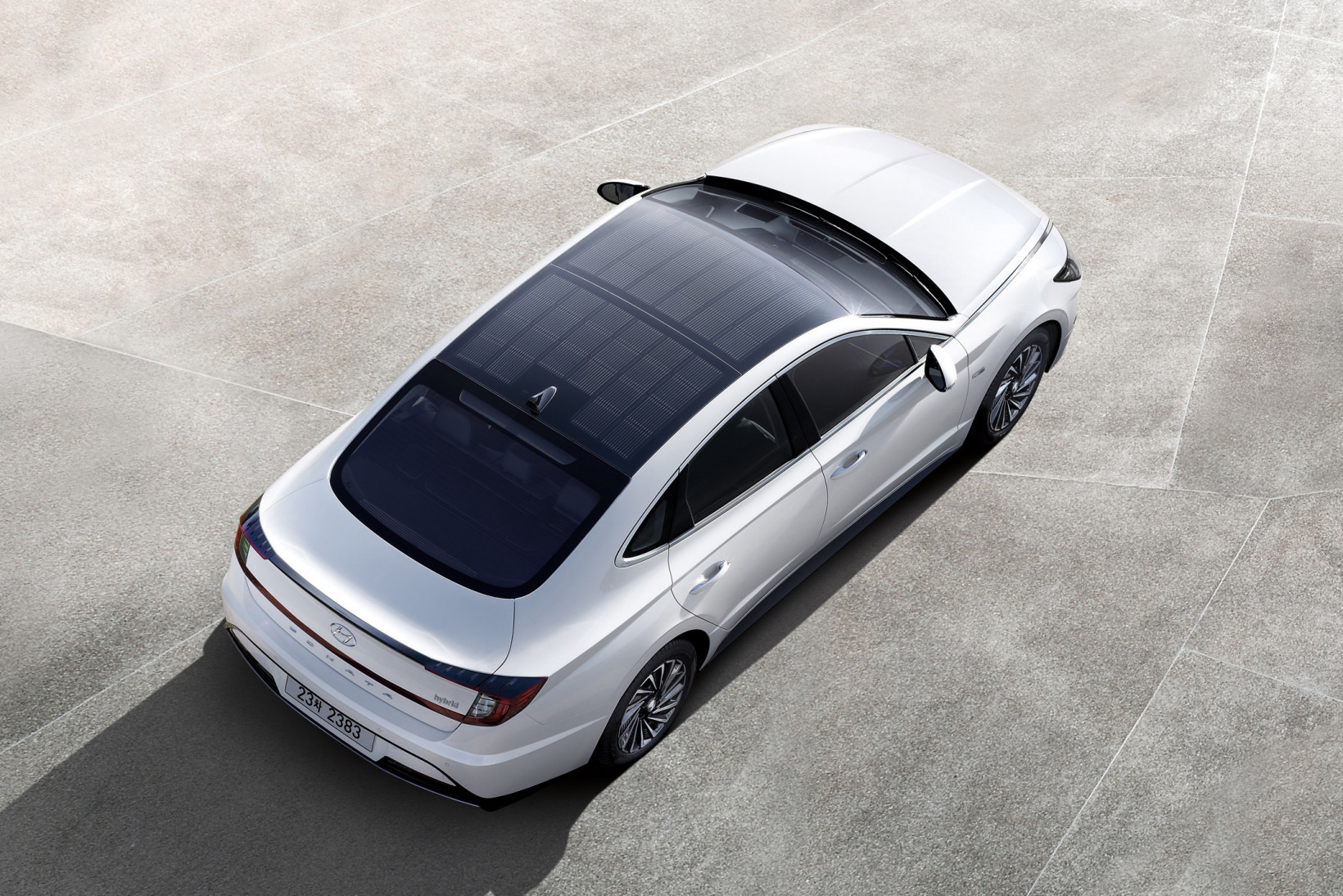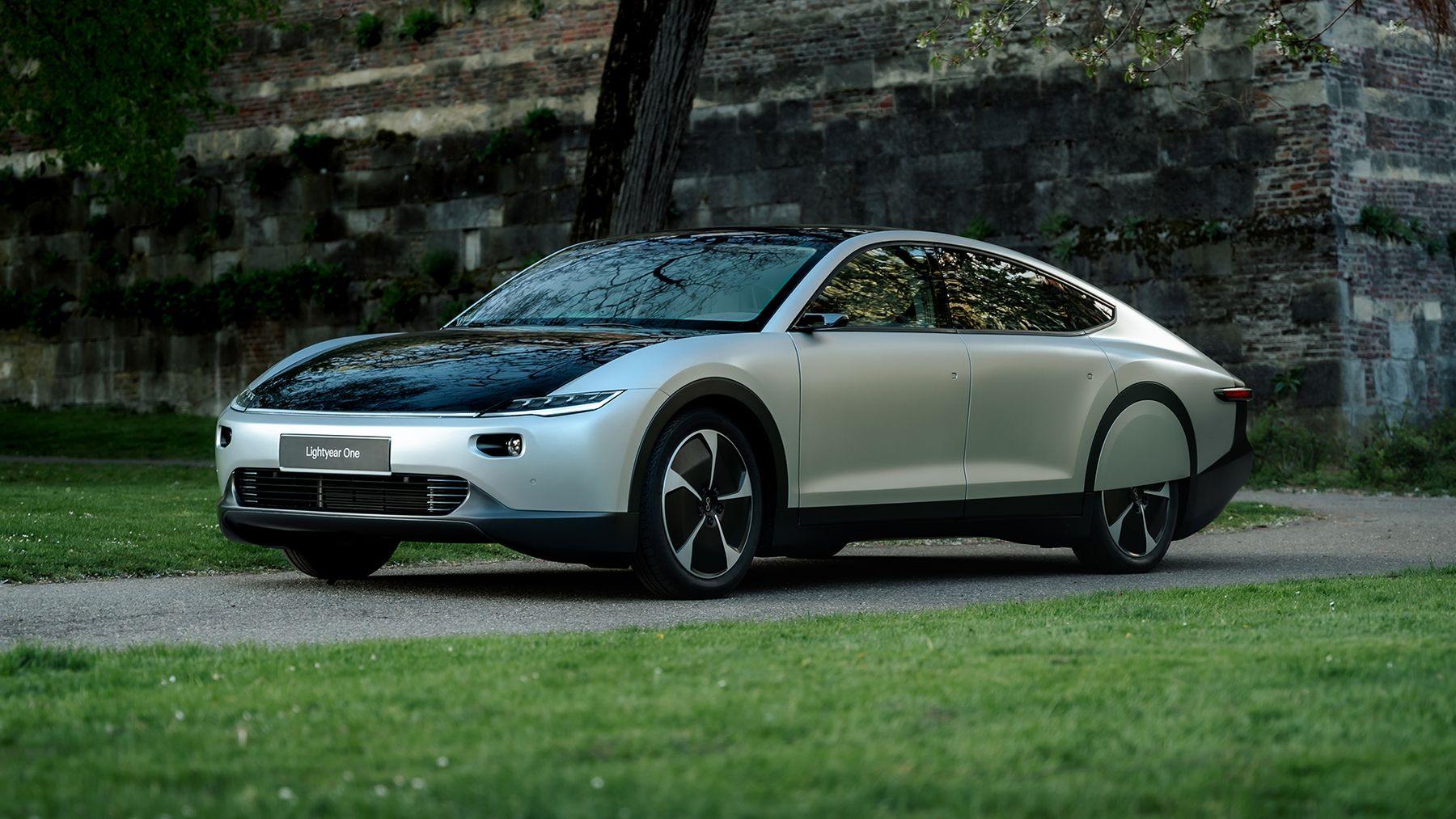While solar has undergone a comparable revolution in photovoltaic development, a mass-produced solar car has yet to hit the market anywhere in the world. I wanted to know why, so I decided to do a bit of research.
What is a solar vehicle?
Firstly, when we talk about solar vehicles, it’s vital to get the classification right. They can run smoothly at night or in the absence of direct sunlight as they can use their panels to store solar energy in their batteries.
Erm, so how do solar panels on cars work?
Let’s make it easy. Solar panels contain photovoltaic (PV) cells. These PV cells take light, or photons, and convert it to solar electricity. When sunlight hits the solar panel, PV cells produce direct current (DC) electricity. The electricity from this process is converted to the standard voltage by a controller, then stored in the battery.
What are the advantages of solar-powered cars?
Lower electric battery charging costs No additional costs besides the eventual battery replacement No noise pollution or air pollution Great for drivers who travel short distances in sunny climates Can be charged with cloud cover and driven at night Research into solar materials innovation is robust and could result in lighter batteries and more efficient photovoltaic cells.
Ok, tell me the bad news
Solar panels convert sunlight at about a 20-35% efficiency. Thus, you need a hell of a lot to get any real power. Solar panels need to balance efficiency and weight – lighter solar panels are better for cars but may not be as effective. Highly specialist cars, which makes hyperlocal servicing more challenging. While they can operate in cloudy areas, they’re only fully optimal in sunny environments. A lack of real investment by most OEMs who have added them as nice to have at the expense of sustained innovation.
How is solar energy integrated into sEVs?
Solar car roofs
Solar car roofs have been around for a while. They are available as optional extras for cars such as: Sonata Hybrid: According to Hyundai, the Sonata Hybrid solar panels can generate enough electricity to charge 30 to 60% of a car’s battery with 6 hours of daily charging. This adds around an extra 1,300 km annually. Toyota Prius: In Japan, the Toyota Prius Prime is available with a solar roof to add up to 6 km of driving range per day. However, this tech is unavailable in the US as the materials used do not pass US rollover tests. Nissan Leaf: The company released its first solar roofed car in 2010 — well ahead of the pack. But most of the company’s focus has been on increasing the battery capabilities and creating solar for buildings, so any real innovation on the solar roof has been, at best, an afterthought.
Solar power tonneau
There is also the solar-power tonneau. Solar panels collect the sun’s rays and stores them in a high-capacity battery pack. Stored energy is accessible via a built-in AC/DC inverter, extending the electric vehicle range as it drives.
Race cars
While there are a bunch of solar-powered race cars created by engineering students that travel for long distances in sunny spots of Australia and California, an example is the World Solar Challenge. Unfortunately, this has failed to translate to functional startups, as we’ve seen with other competitive innovations like the hyperloop.
The startups
Then, there are the startups. And their efforts make the OEMs look positively piss-weak. Lightyear was founded in 2016 and hails from the Netherlands. It’s raised $100 million in funding. They’re currently working on a vehicle retailing at $175,000, with the hope for a price drop as they scale. German company Sono Motors is creating the Sion. The company was founded in 2016 and has raised over $126 million in funding.
An old idea with many missed opportunities
But, don’t worry, I think the startups just might save us. Stay tuned for an article detailing these two companies in more detail. They’re shaking up the auto industry in a way we’ve never seen before.



